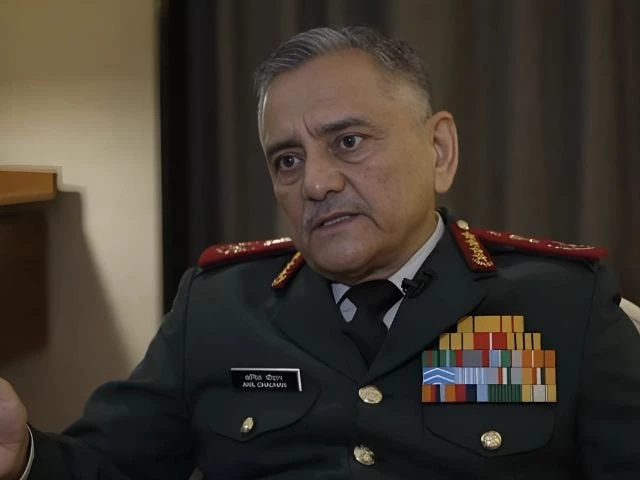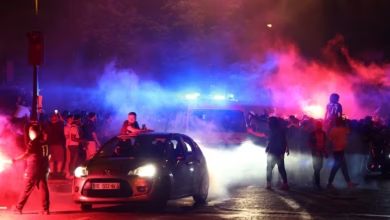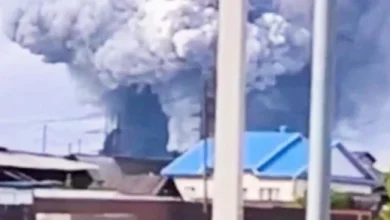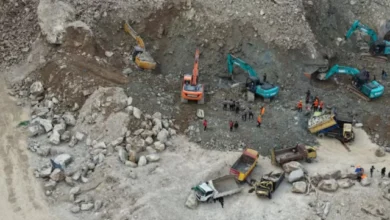India’s military has officially confirmed the loss its fighter jets during the May clashes with Pakistan, marking the first official acknowledgment of air losses in the ongoing conflict.
General Anil Chauhan, Chief of Defence Staff of the Indian Armed Forces, disclosed the information in an interview with Bloomberg Television on Saturday, during the sidelines of the Shangri-La Dialogue in Singapore.
However, he denied Pakistan’s tally of six Indian jets being shot down, choosing not to specify the exact number of aircraft lost.
“What is important is not the jet being down, but why they were being down,” Chauhan said. “Numbers are not important.”
His comments followed confirmation from Pakistan, including a statement by Prime Minister Shehbaz Sharif, who confirmed that the Pakistan Air Force had downed a sixth Indian aircraft, a Mirage 2000, near Srinagar on the night of May 6-7.
Chauhan further discussed tactical mistakes made during the conflict, noting that the Indian military had resumed air operations just two days later and carried out long-range precision strikes.
“The good part is that we are able to understand the tactical mistakes, remedy them, and implement them again,” he added.
While General Chauhan did not specify the number of jets lost, a senior Bharatiya Janata Party (BJP) leader, Subramanian Swamy, had earlier acknowledged the loss of at least five Indian aircraft during the clash against Pakistan.
Speaking on a podcast, Swamy confirmed that Pakistan had downed five Indian fighter jets, including Rafale aircraft, during the military exchange.
He further commented on the performance of Indian and Pakistani jets, stating, “Pakistan shot down five of our aircraft using Chinese fighter jets.” He admitted that ‘the Chinese jets had outperformed the French Rafales.’
Earlier, reports from Pakistan indicated that Indian forces had suffered significant losses during the clashes, including the downing of three Rafale jets, a critical asset for the Indian Air Force.
In the wake of these losses, both nations engaged in heavy air strikes, with Pakistan had declaring to have neutralised Israeli-made drones launched by India.
On the potential for nuclear escalation, General Chauhan dismissed such concerns, labelling them as “far-fetched”.
He emphasised that there was a significant gap between conventional operations and the nuclear threshold.
Additionally, Chauhan pointed out that communication channels between India and Pakistan remained open throughout the fighting, which helped in managing the situation.
“There are more sub-ladders which can be exploited for settling our issues,” he said.
The conflict between India and Pakistan initially escalated on April 22, after an attack in Pahalgam area of Indian-Ilegally Occupied Jammu and Kashmir (IIOJK) killed 26 people. India blamed Pakistan for the incident without providing any evidence. Islamabad denied India’s claims and called for an independent probe.
India then suspended the 65-year-old Indus Waters Treaty, cancelled visas, and closing border crossings leading to tit-for-tat measures by Pakistan.
The military engagement further intensified with missile strikes on May 7 targeting several cities in Punjab and Azad Jammu and Kashmir, followed by Pakistan downing Indian warplanes.
As hostilities increased, both countries launched military strikes, with India hitting Pakistani airbases and Pakistan retaliating by damaging Indian missile storage sites and other strategic targets.
By May 10, US-led diplomatic efforts resulted in a ceasefire agreement, though both countries continue to engage in a war of narratives.







